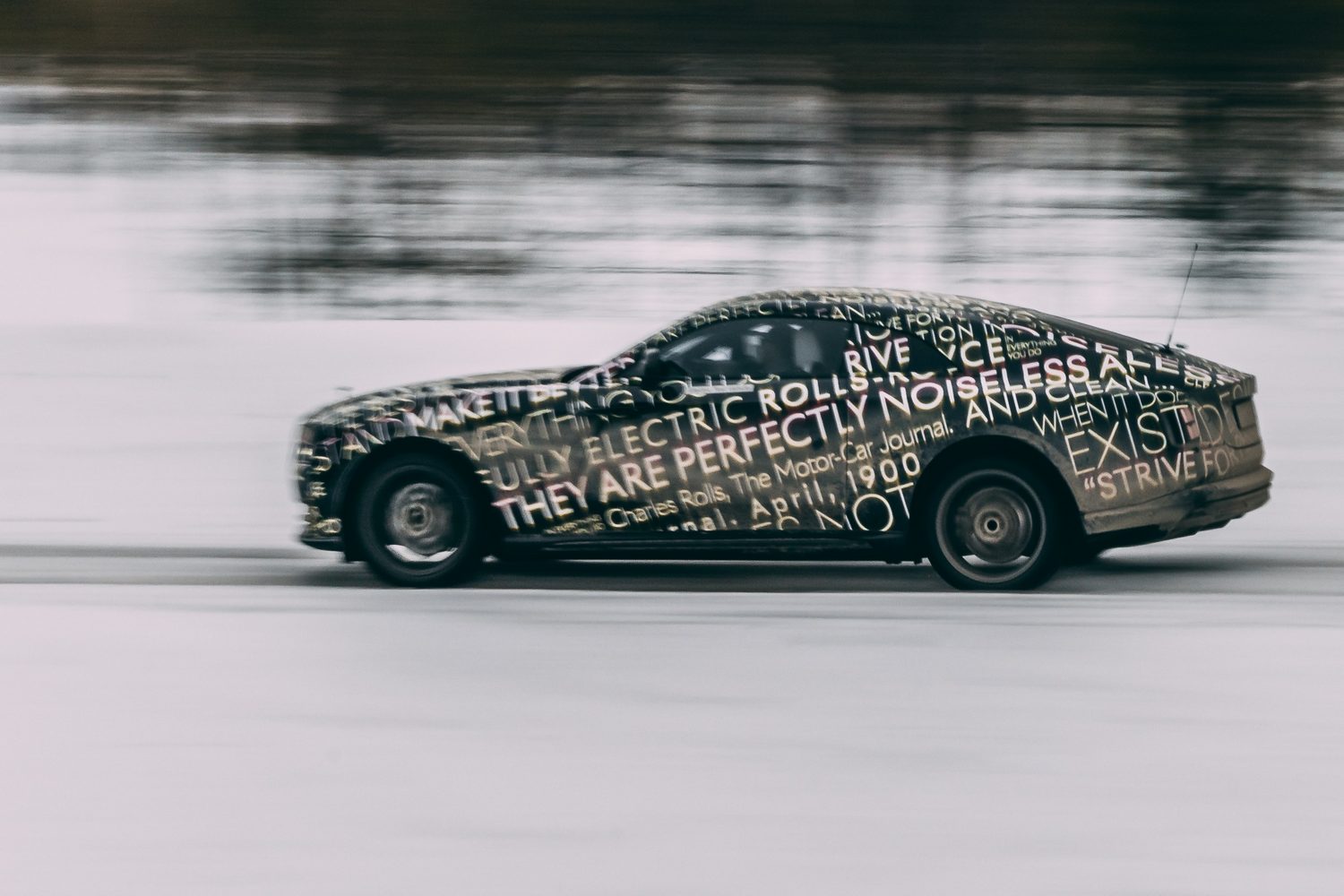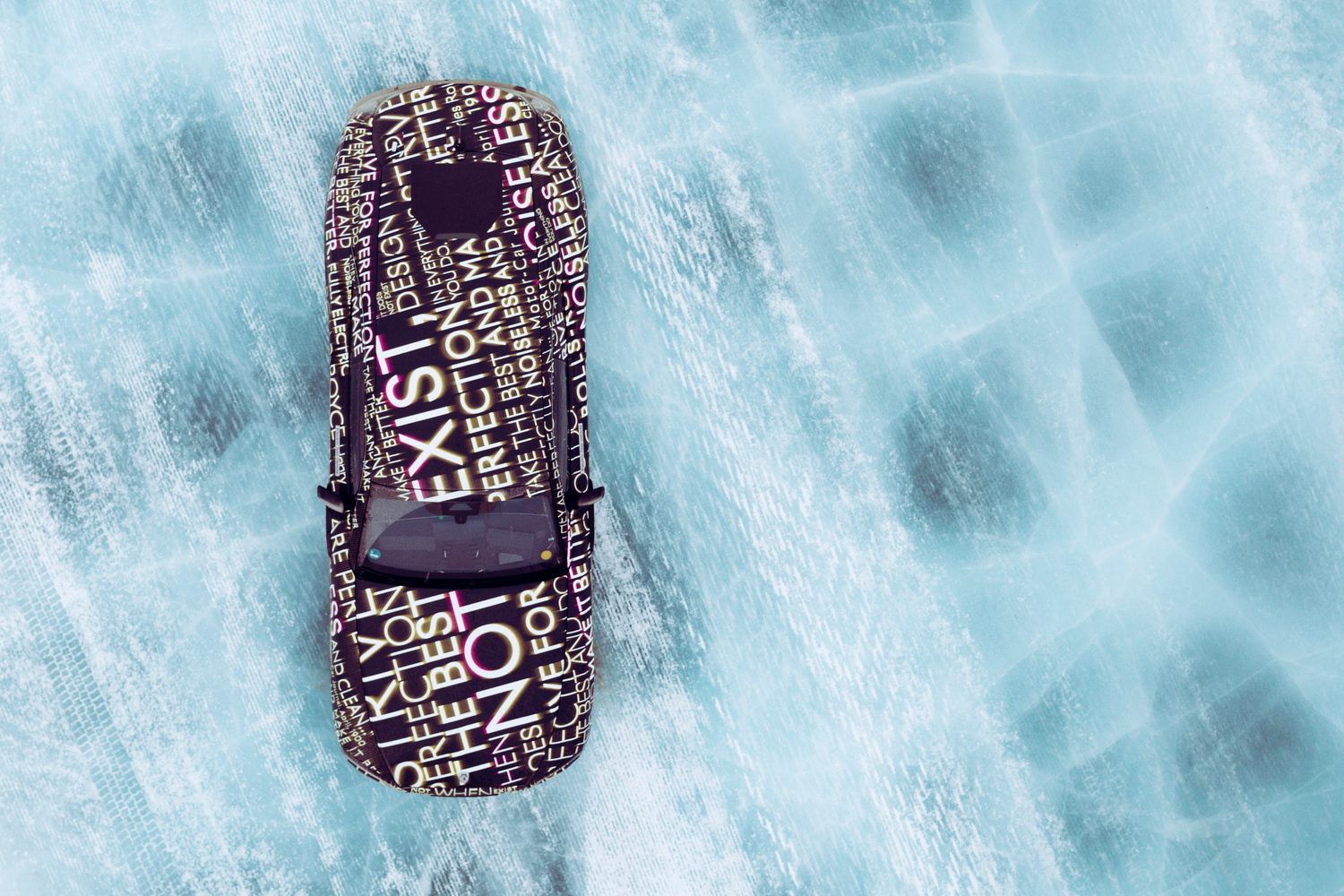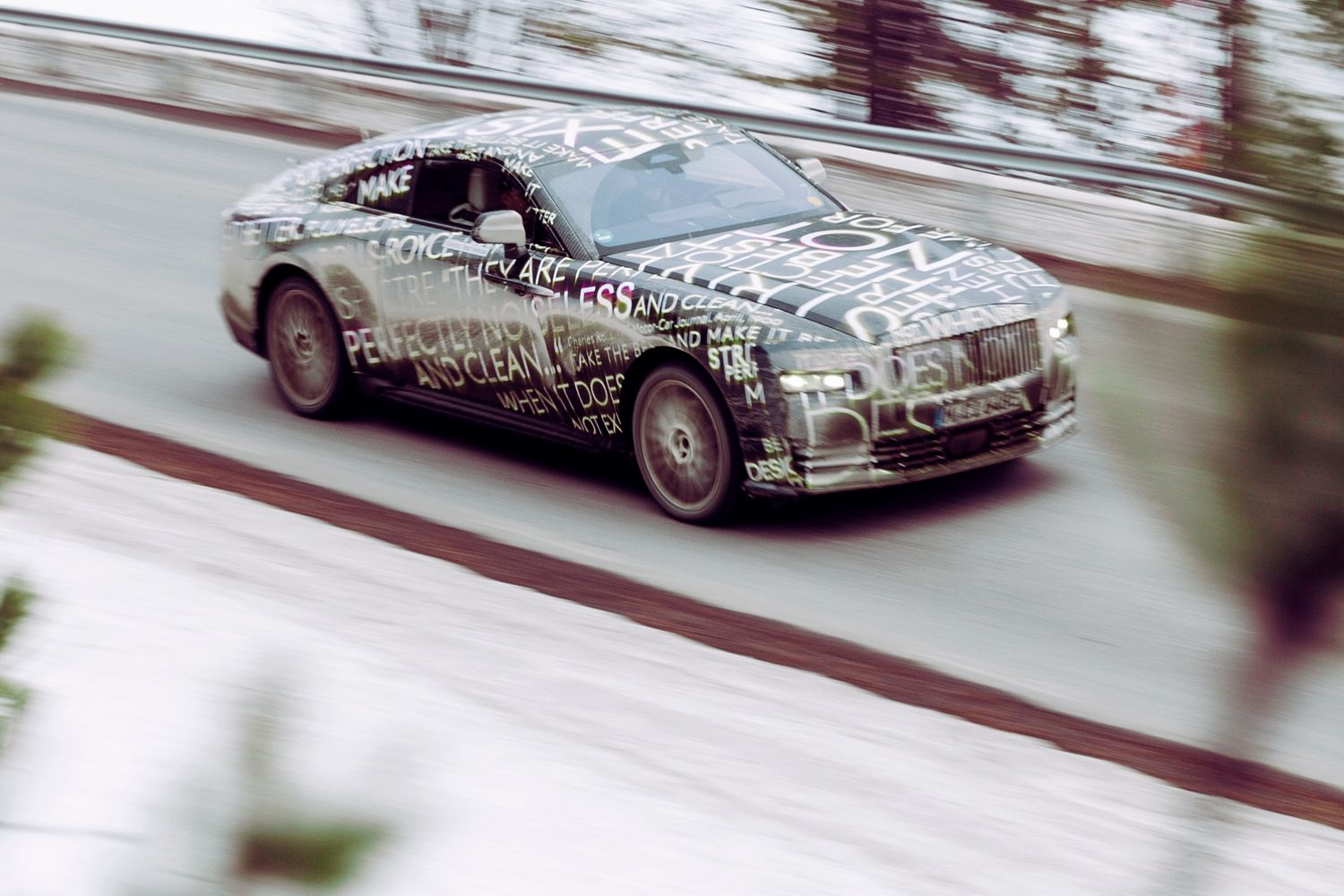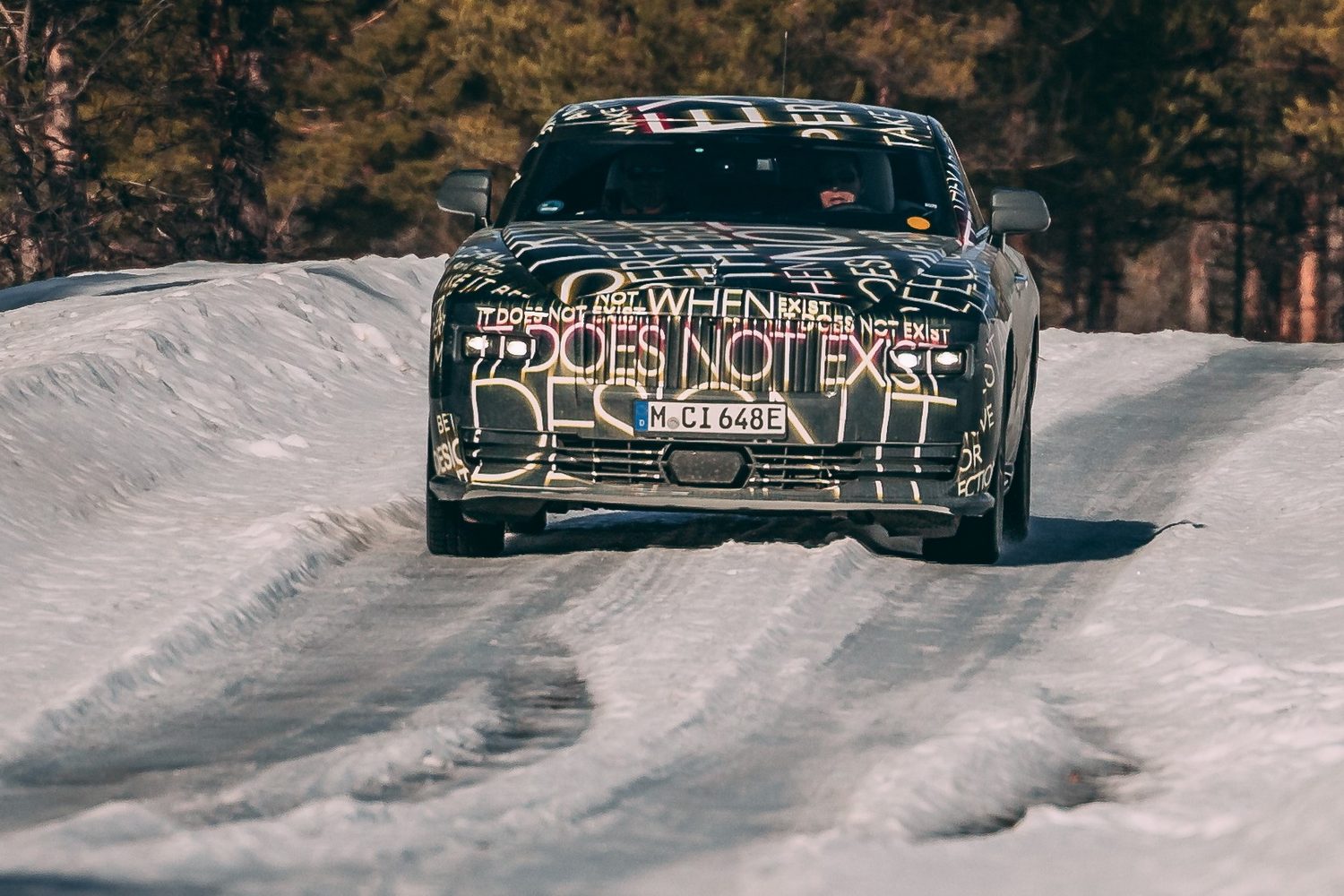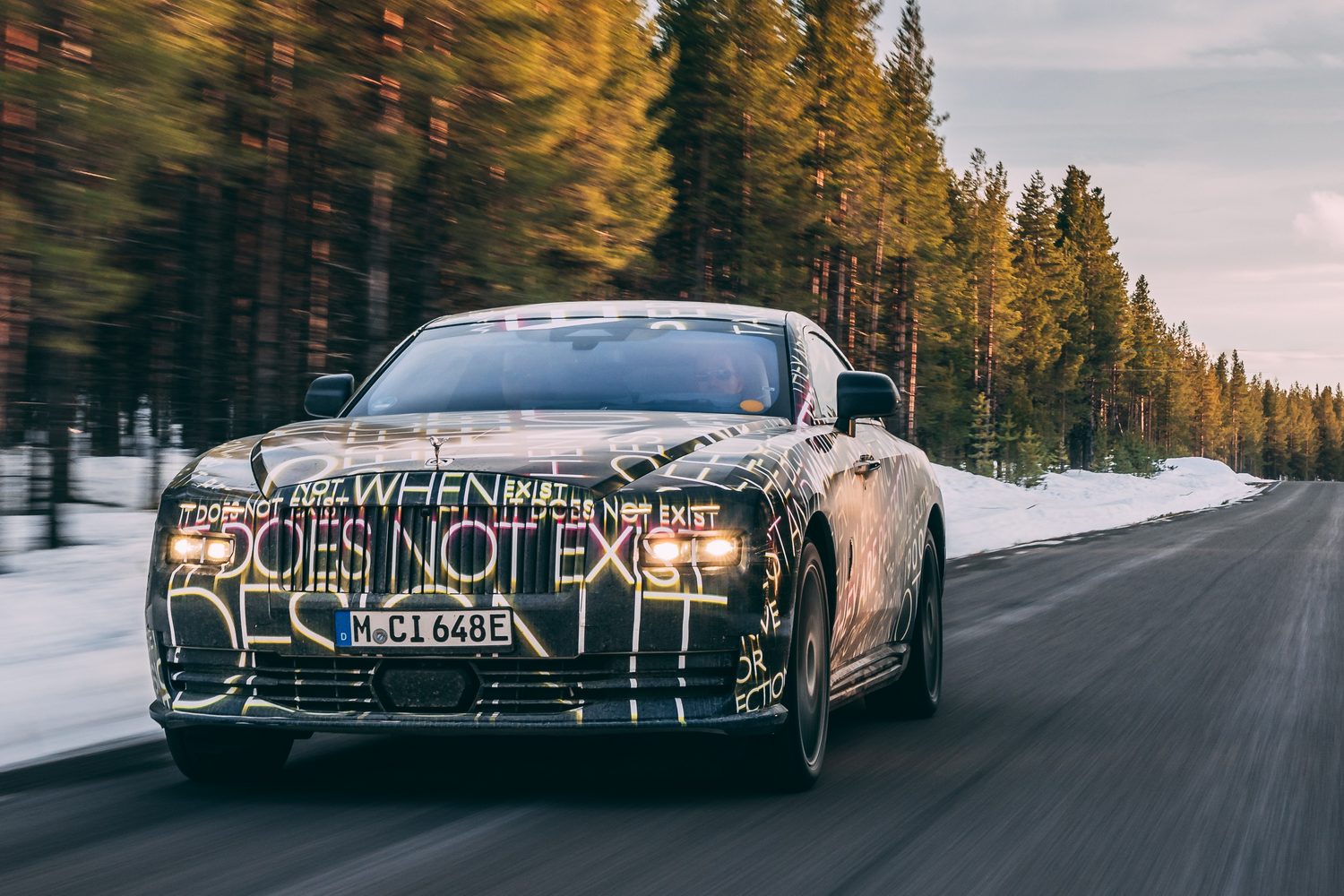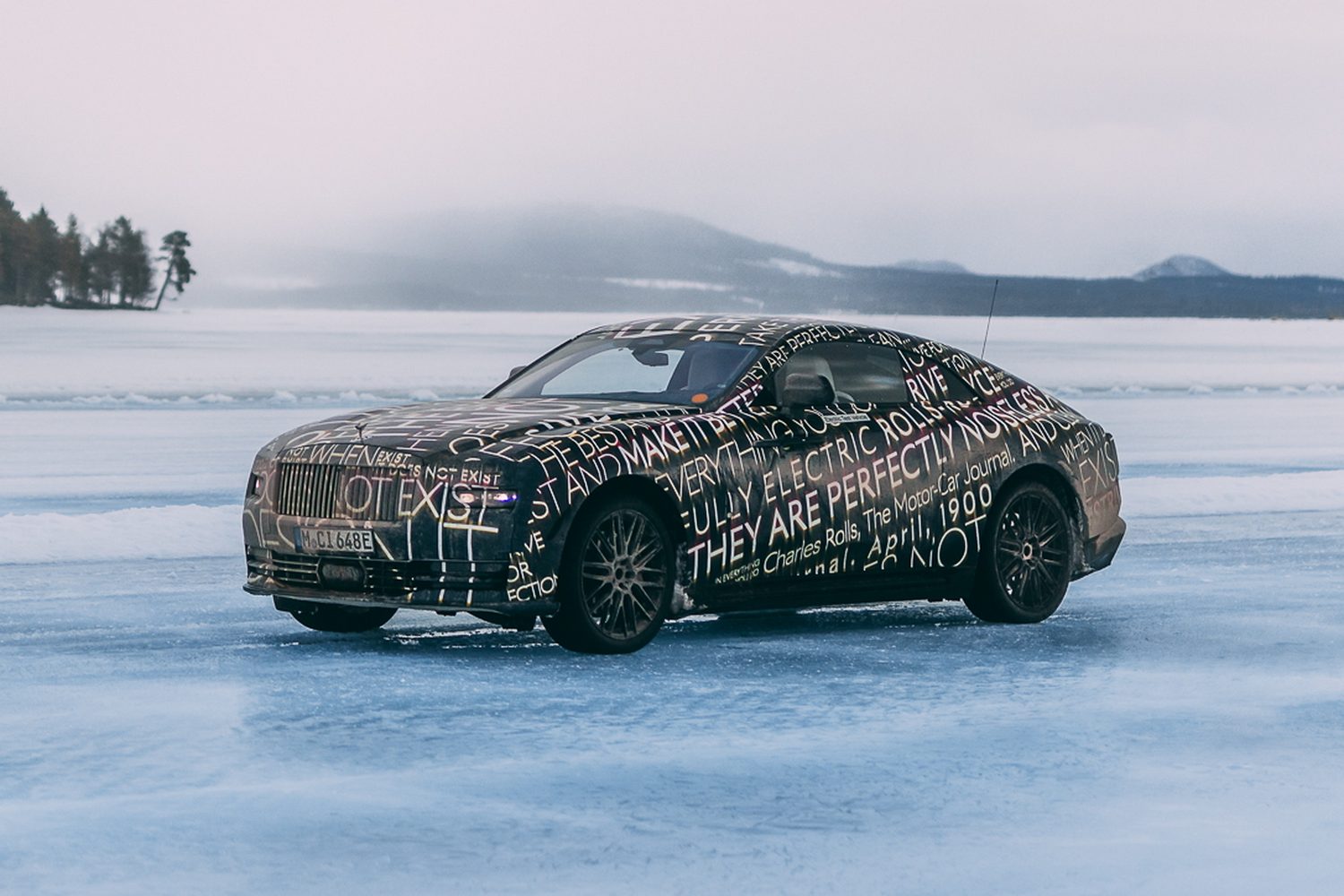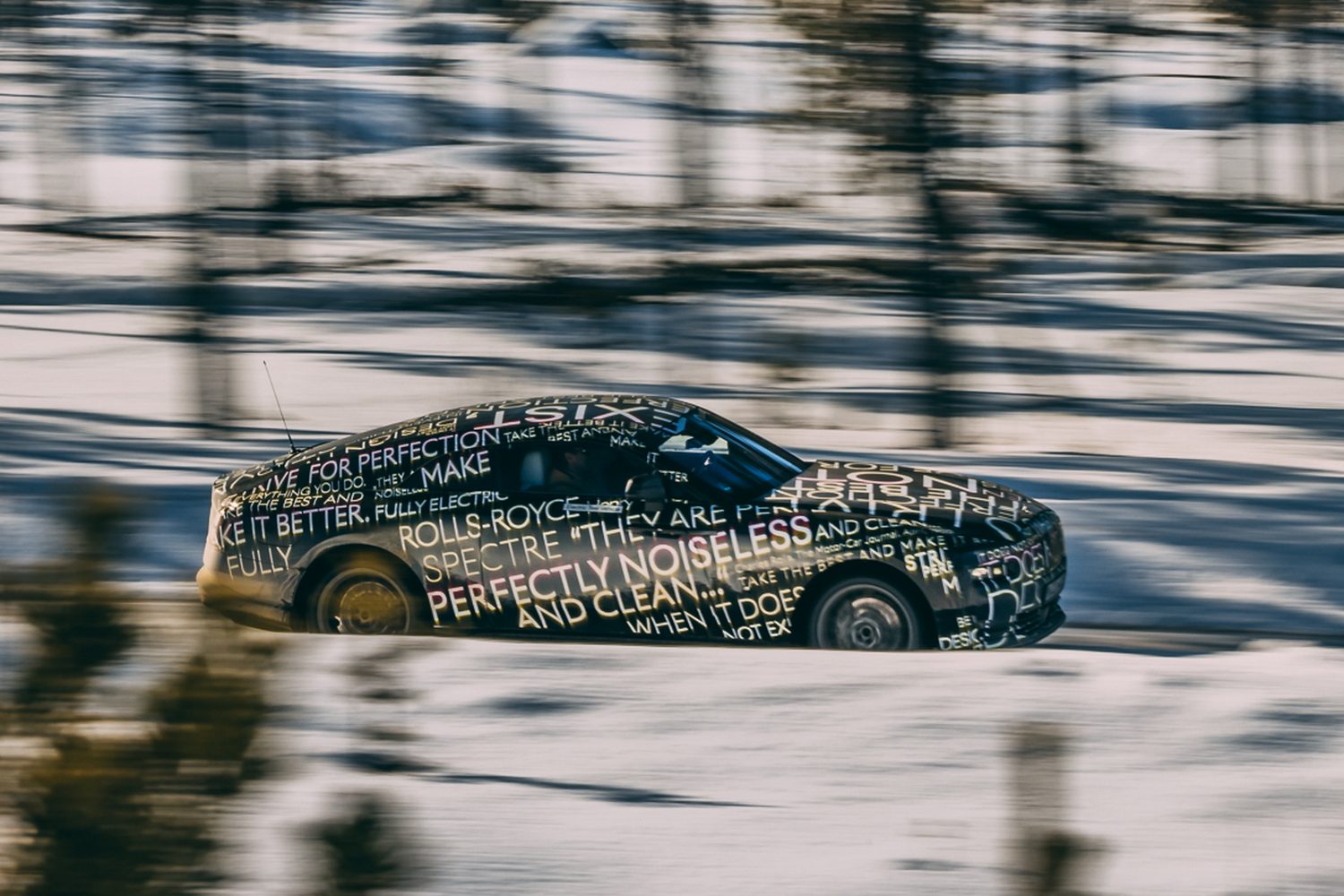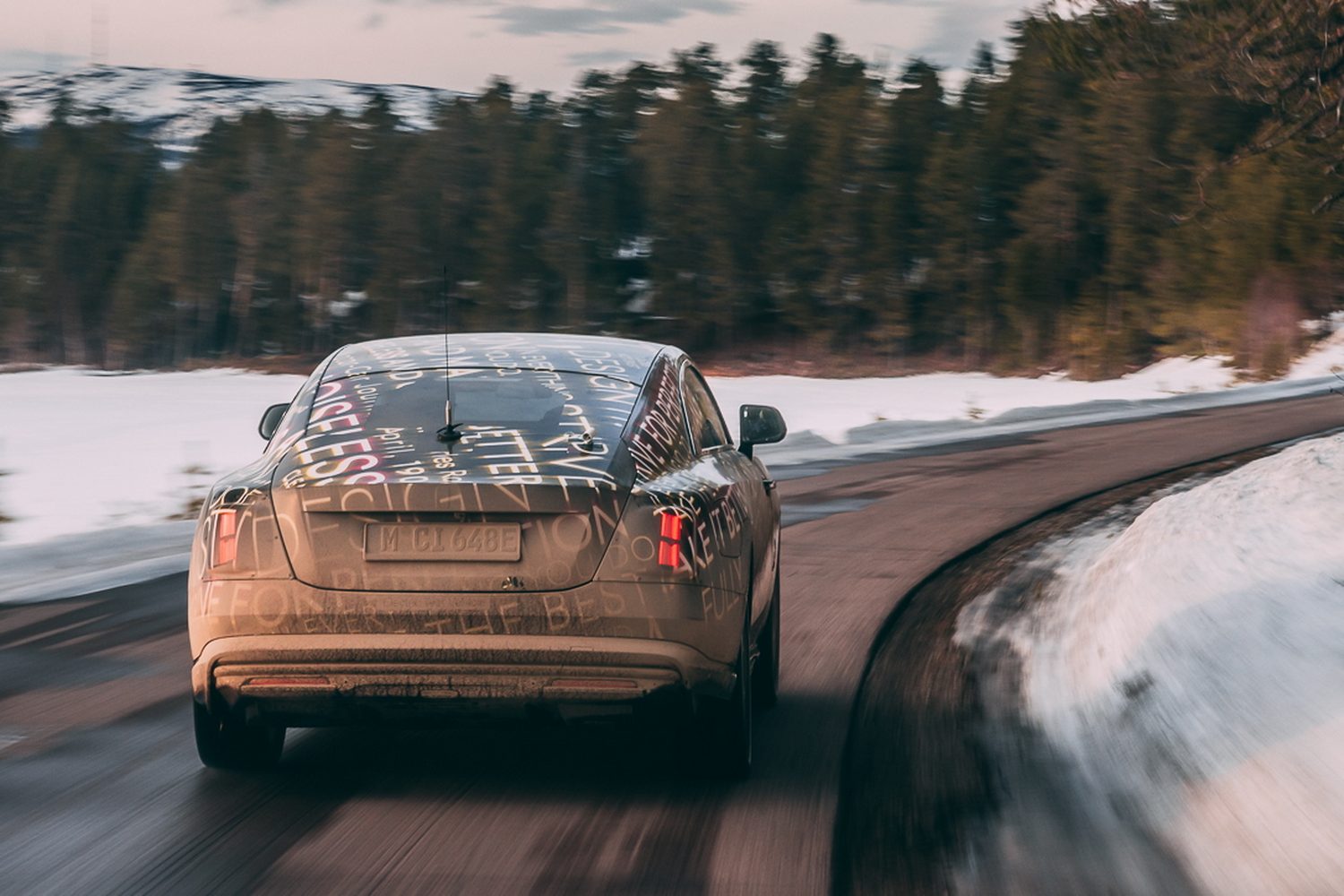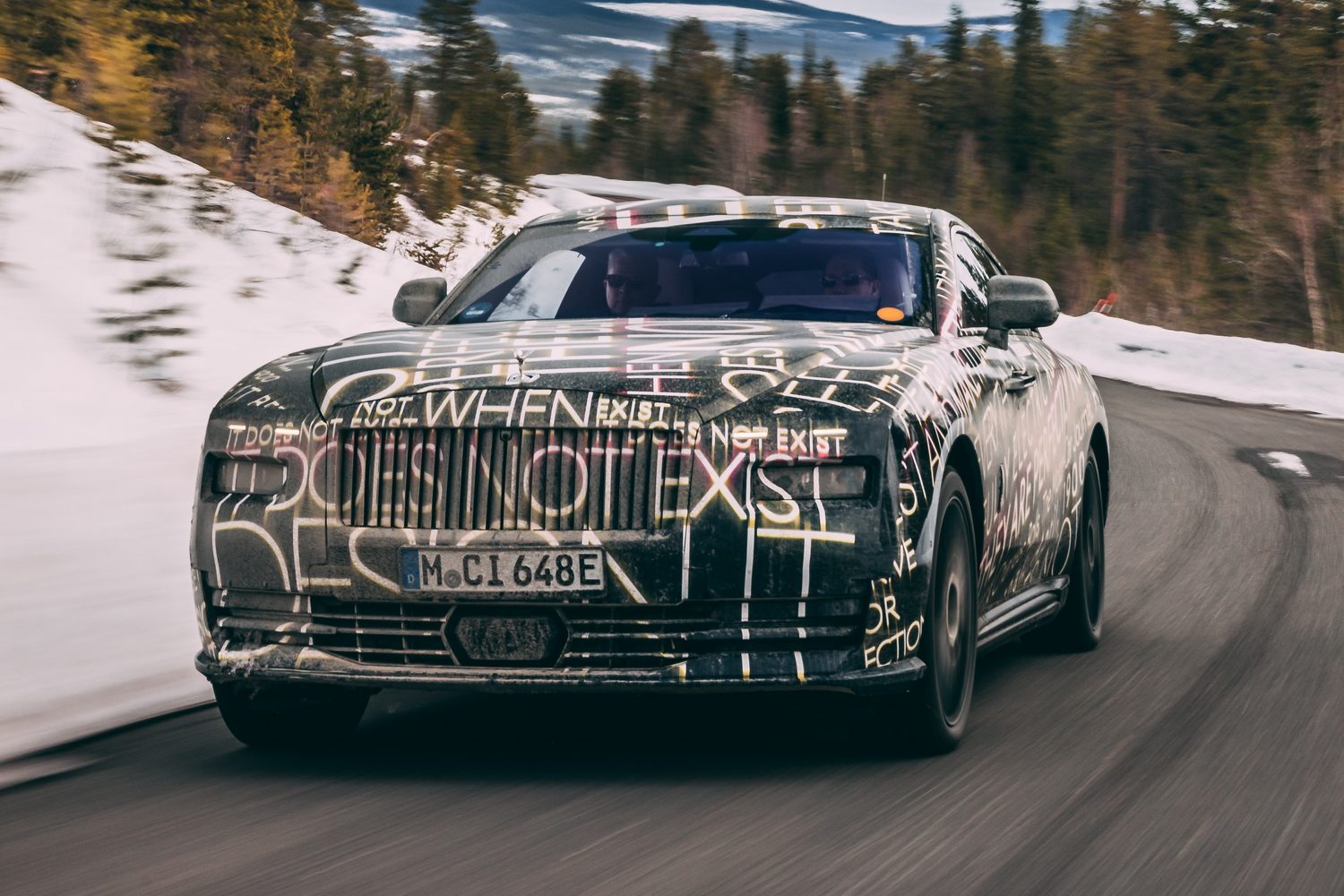The Rolls-Royce Spectre, the company's first all-electric model, has completed cold-weather testing at the Arjeplog test facility, 55km south of the Arctic Circle. The tests in Sweden form part of a gruelling 2.5-million-kilometre testing regime that aims to simulate, Rolls-Royce says, approximately 400 years of use.
De-escalated time
As well as ensuring that the Spectre can stand up to extreme conditions (as low as -40°C at times), the testing programme on Arjeplog's frozen lake allows engineers to experience at low speeds how the Spectre behaves when it becomes destabilised, such as in a skid or drift. This "de-escalated time" gives them the opportunity to collect the kind of data that will allow them to further finesse and refine the chassis and driving control systems to make sure that the car retains its composure at the limit.
"Refining the all-electric drivetrain that underpins Spectre challenges the very definition of engineering," said Mihiar Ayoubi, Rolls-Royce's Director of Engineering.
"The departure from internal combustion engines allows us to significantly increase the processing power of our individual components and create a Decentralised Intelligence. We refer to this unprecedented era, where we benefit from a multi-control, multi-channel and highly interconnected electronic and electric powertrain architecture, as 'Rolls-Royce 3.0'.
"Our task is to teach each component and system how to think, behave and communicate like a Rolls-Royce, which sees much of the engineering pivot from workshops into the digital space. Here in Arjeplog we have built a significant foundation on which we will create a true Rolls-Royce. This is a big step forward for our brand, but also for electrification - even though Spectre is in its infancy, I can confirm that the technology is able to contain the Rolls-Royce experience."
How big?
"Rolls-Royce 3.0" refers to the new "Architecture of Luxury" platform that forms the basis for the Spectre and its electric drivetrain. It will likely be a bigger car than the current Wraith coupe, more akin, Rolls-Royce says, to the old Phantom Coupe. This is partly evidenced by the fact that the Spectre's wheels run to 23 inches in diameter as opposed to the Wraith's 21-inch rims.
The Spectre is a much lower, more aerodynamic car than the old Phantom Coupe though, in order to achieve maximum efficiency and get the most out the battery. The bulkheads and floor have been arranged so that the floor sits between the sills, allowing for a lower cabin and centre of gravity and a resultingly lower profile. The windscreen is at a particularly shallow rake, and even the Spirit of Ecstasy mascot has been lowered and honed so as not to intrude into the airflow as much. Overall, the Spectre's drag co-efficient is a respectable 0.26 - around the same as that of a Toyota Prius.
The battery has been mounted skateboard-style under the cabin floor (likely one of the reasons that the Spectre is a bigger car than its stablemates) and in being located where it is, Rolls-Royce says, it adds a huge extra layer of sound-deadening - some 700kg, in fact.
Rolls' prophecy
In developing the Spectre, Rolls-Royce, with characteristic bombast, says that it isn't just developing an electric car, but rather fulfilling a prophecy made by one of its founders, Charles Rolls.
When Rolls tested a turn-of-the-century electric car from the pioneering American manufacturer Columbia, he came away highly impressed, saying that:
"The electric car is perfectly noiseless and clean. There is no smell or vibration. They should become very useful when fixed charging stations can be arranged."
Seismic shift
Although the company has produced electric concepts over the years, notably a battery-electric Phantom, the 102EX, in 2011 and the zany 103EX in 2019, the Spectre represents a symbol of Rolls-Royce's "bright, bold electric future" and a "seismic shift" in the firm's powertrain technology, according to CEO, Torsten Müller-Ötvös.
"The announcement of every new Rolls-Royce motor car carries a great weight of expectation, but Spectre is unquestionably the most anticipated product in the marque's modern history," he said.
First deliveries of the Spectre are expected in the fourth quarter of 2023.

